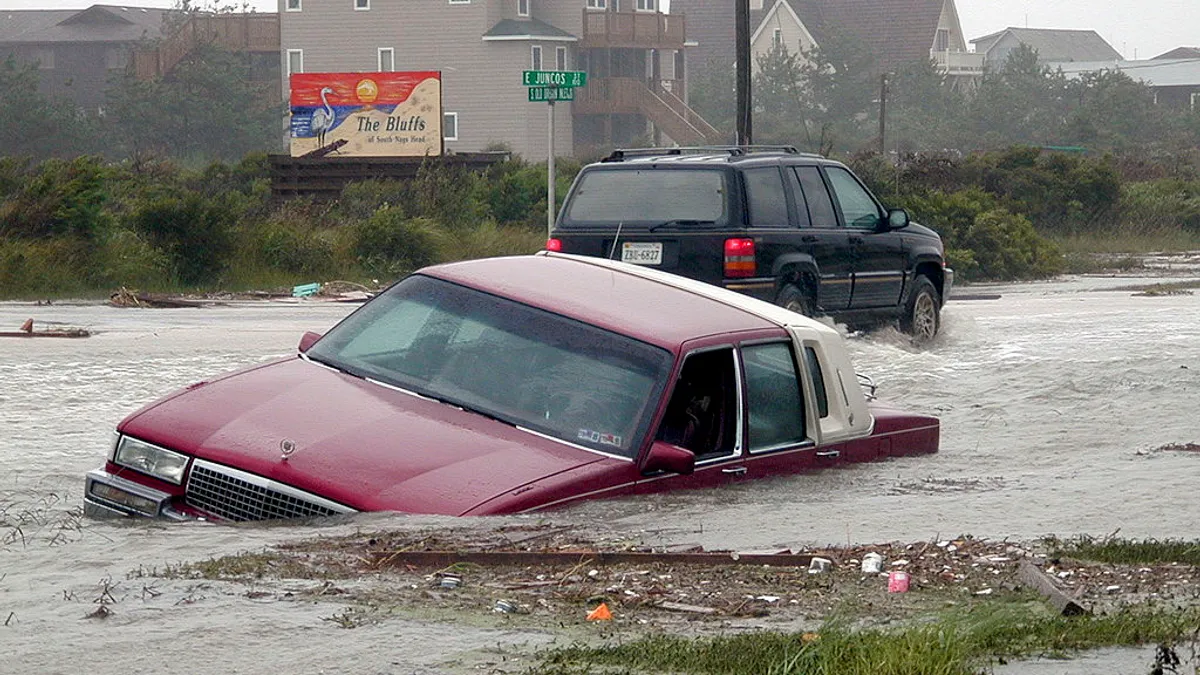Dive Brief:
-
Researchers at the Massachusetts Institute of Technology Concrete Sustainability Hub are developing a return on investment tool for spending related to making new and existing structures more resilient.
-
In a bid to calculate how much should be invested up front to alleviate future damage, CSHub has developed the Break-Even Hazard Mitigation Percentage, a metric they say can help building designers and owners make more risk-informed decisions.
- For one case study, the CSHub team created a model based on the FEMA Benefit Cost Analysis tool to gauge the BEMP for damage wrought by hurricane winds across the Gulf and East coasts, regions that can be exposed to millions in property damage from strong storms and hurricanes.
Dive Insight:
The challenge of building and maintaining structures in extreme weather-prone areas of the U.S. is ongoing. That was highlighted in October when Hurricane Matthew barreled up the southern portion of the East Coast, delivering winds with speeds of up to 150 miles per hour. Storm surges are often the biggest concern with hurricanes along with heavy rainfall as they can cause significant flooding.
Initial estimates from CoreLogic following Hurricane Matthew calculated wind and storm surge damage of up to $6 billion and affecting roughly 1.5 million residential and commercial properties in the southeastern U.S.
Goldman Sachs estimates that spending on disaster-related renovations has averaged $7 billion annually over the last 30 years.
In response to flooding damage from Hurricane Katrina in 2005 and Hurricane Sandy in 2012, among other events, the U.S. Federal Emergency Management Agency proposed that certain federally funded construction projects be built 2 feet above the 100-year floodplain.
National Association of Home Builders Chairman Ed Brady recently slammed the move amid concerns it could raise costs and prevent new affordable housing projects from being built.












